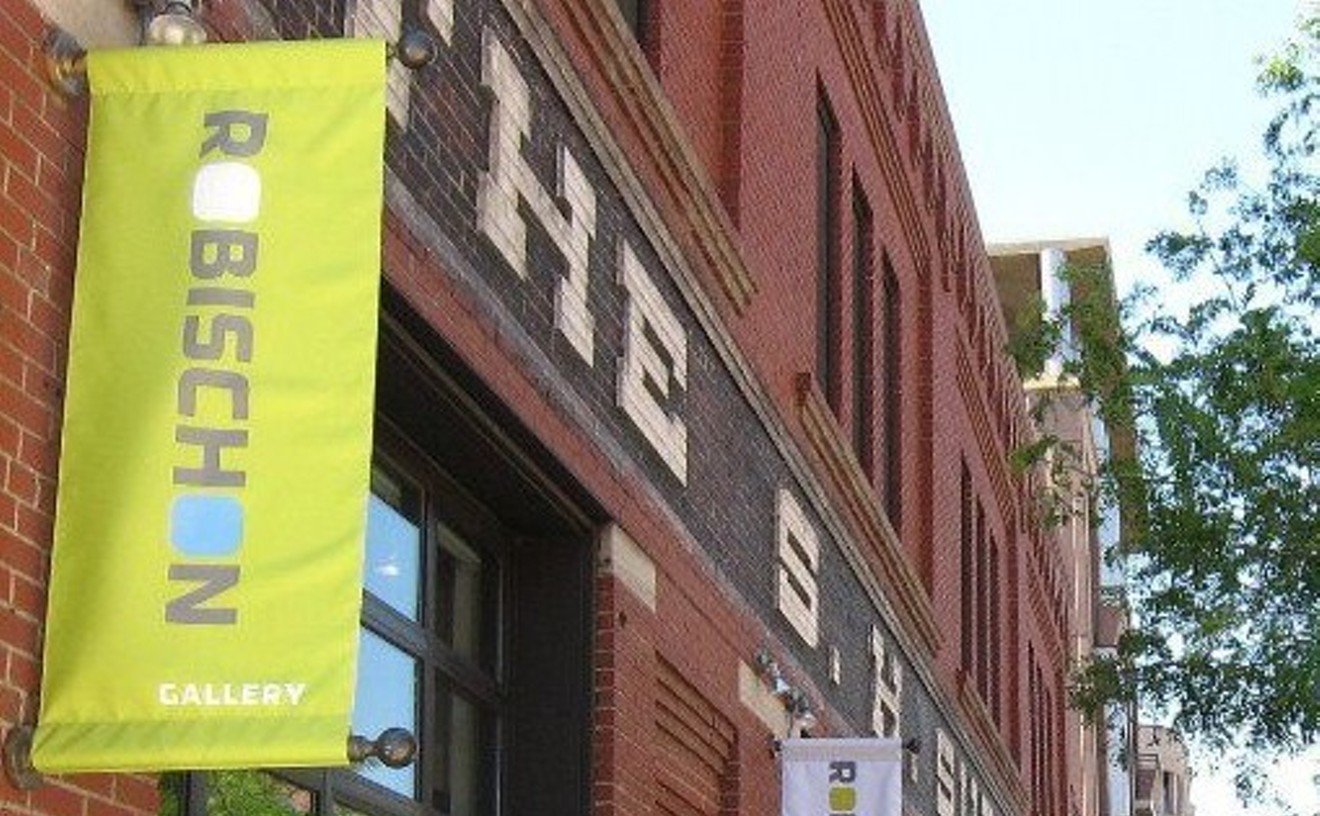Robischon Gallery, a LoDo landmark for decades, is the city's flagship contemporary gallery — not just because the place approximates the size of a small museum, but also because so many of the artists whose work is shown there also exhibit in actual museums. Figures from art-history books like John Buck, Ann Hamilton, Manuel Neri, Judy Pfaff, Kiki Smith, Bernar Venet and others are represented by the gallery, and if you want a Christo or an Ellsworth Kelly, for example, Robischon can get that for you, too. The gallery has also assembled a roster of some top local talent — Kim Dickey, Ana Maria Hernando, Trine Bumiller, Gary Emrich, Terry Maker, David Sharpe and many, many others — and their works often wind up in museums as well. Another thing that sets Robischon apart is how elegantly and intelligently every exhibition, regardless of the theme or topic, is installed; credit for that goes to Jennifer Doran, who along with husband Jim Robischon selects the first-rate work by first-rate artists that the gallery displays.
Readers' Choice: Mirada Fine Art Gallery














